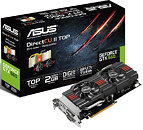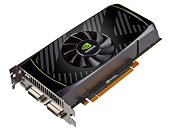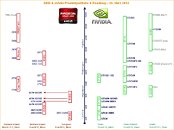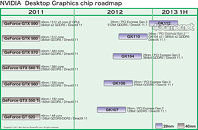
ZOTAC Announces its GeForce GTX 660 Graphics Card Series
ZOTAC announced its GeForce GTX 660 lineup, which looks quite similar to that of ASUS. It consists of a pair of identical graphics card models that use the Dual Silencer cooling solution, which debuted with the GeForce GTX 660 Ti series. The two consist of a base-model sticking to NVIDIA-reference clock speeds of 980/1033/6008 MHz (core/Boost/memory), and a factory-overclocked OC variant, clocked at 993/1059/6008 MHz. The OC version is priced at US $239, while the base model goes for $229. Based on the 28 nm GK106 silicon, the GPU packs 960 CUDA cores and a 192-bit wide memory interface, holding 2 GB of memory.














